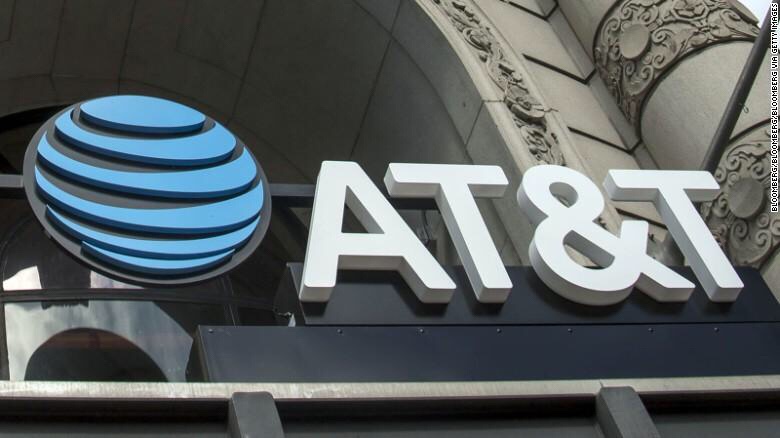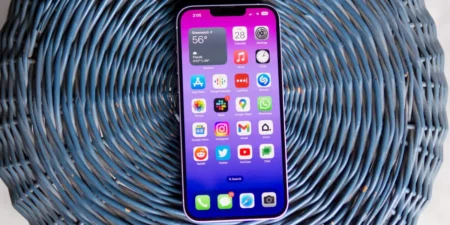AT&T has hit a roadblock in its route to buy Time Warner. Fighting back against Trump administration, AT&T filed its first answer to the lawsuit yesterday in an effort to be allowed to purchase Time Warner.
AT&T has time and time again denied DOJ’s allegations that a combined company would raise prices for consumers, impede competition from online video distributors, and raise prices for rivals that pay for access to Time Warner’s programming. The company states that this merger will benefit consumers without harming rivals.
The wireless company says that the merger “presents absolutely no risk of harm to competition or consumers.”
AT&T says that the government has previously allowed Comcast to buy NBCUniversal in 2011, and conditions were imposed on the merger, due to expire next year. “Based on that precedent… AT&T and Time Warner fully expected to resolve the Government’s review of this merger by agreement, rather than litigation,” the court filing says.
In addition, the company says that consumer data usage in advertising is a benefit for consumers. Here’s what’s interesting. AT&T has already used customers’ web browsing habits in order to serve up targeted ads in the past. AT&T has pointed out that one of the main benefits for consumers will be “more relevant advertising in ad-supported video services.”
AT&T’s filing said that the newly combined company will do the following:
develop new ad-supported video models that short more costs to advertisers and off consumers; use AT&T’s consumer data to increase the value of Turner’s substantial advertising inventory and create a platform for other programmers to do the same; use the same data to improve Time WArner’s decisions as to content investment, marketing and promotions, and scheduling of programming; enable numerous cross-promotional opportunities; and achieve substantial cost savings by integrating various key functions and operations of both companies
Here’s what AT&T also says in its defense:
Simply put, no competitor will be eliminated by this merger. This transaction is therefore a classic vertical deal, combining Time Warner’s video content with AT&T’s video distribution platforms so that the merged company can compete more effectively against market-leading cable incumbents and insurgent tech giants.





